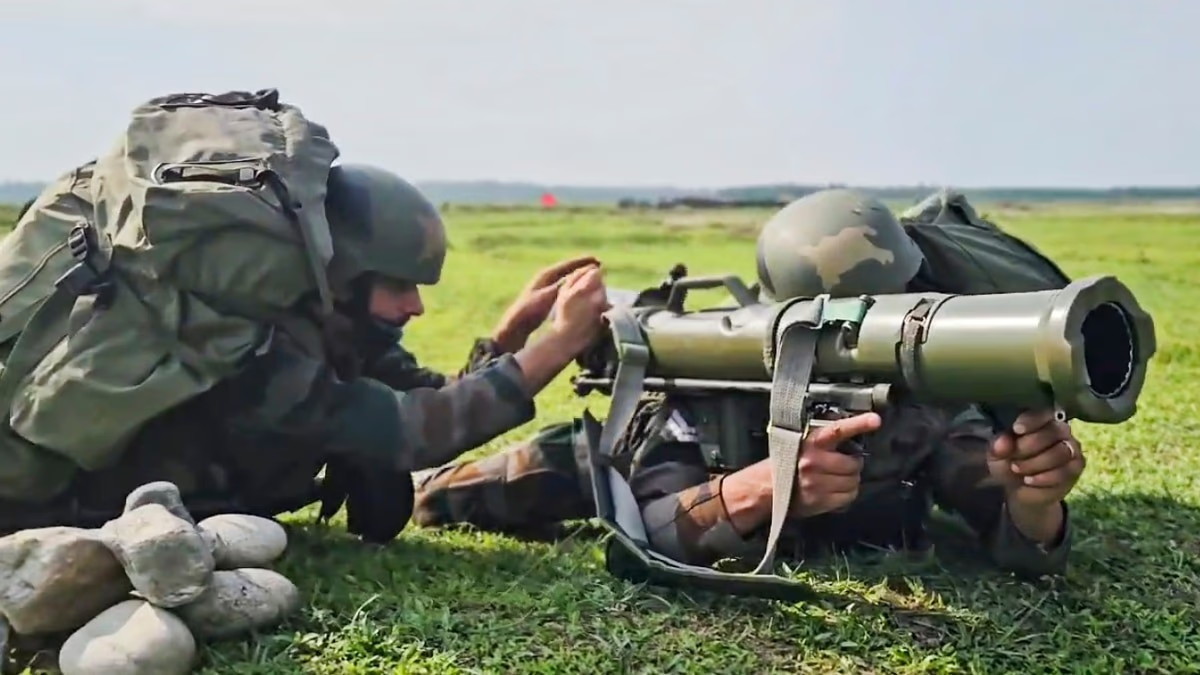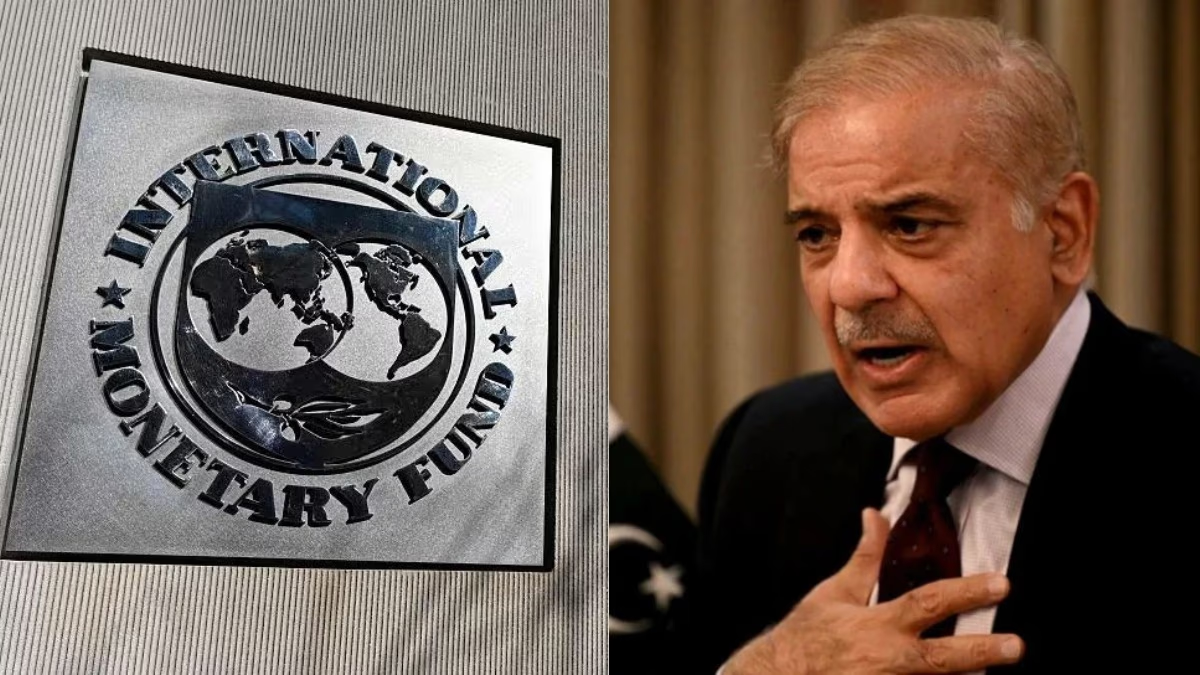From April 18 to 22, the Indian Army, Air Force, and Navy conducted a Tri-Services Communication Exercise at Haldighati. Defense sources revealed that the aim was to create a system for immediate and clear communication among the forces. On April 22, a terrorist attack in Pahalgam underscored the necessity for military action.
CDS Promptly Crafted a Strategy
Sources reported that Chief of Defense Staff (CDS) General Anil Chauhan grasped the situation's severity instantly and activated all essential communication systems between the three forces posthaste. Air defense systems were swiftly deployed to border areas.
A Unified System Offered a Clear Field Overview
By linking command, control, and radar systems, a network was established offering a clear picture of the battlefield along the Pakistan border. During Operation Sindur's targeting of terrorist bases in Pakistan and POK, these systems facilitated the Army's clear observation and effective counteraction.
Training Played a Crucial Role
Sources disclosed that radar systems relayed clear images to defense force headquarters, aiding prompt decision-making. On-ground troops repelled drone attacks successfully due to future warfare training provided by the Department of Military Affairs (DMA), which showcased significant battlefield impact.
Unity Strategy Paid Off
CDS General Chauhan's long-standing promotion of 'jointness' among the forces bore exceptional results during the India-Pakistan conflict. The integration of the three forces' power, resources, and strategies led to the swift and effective execution of operations like Operation Sindur.




